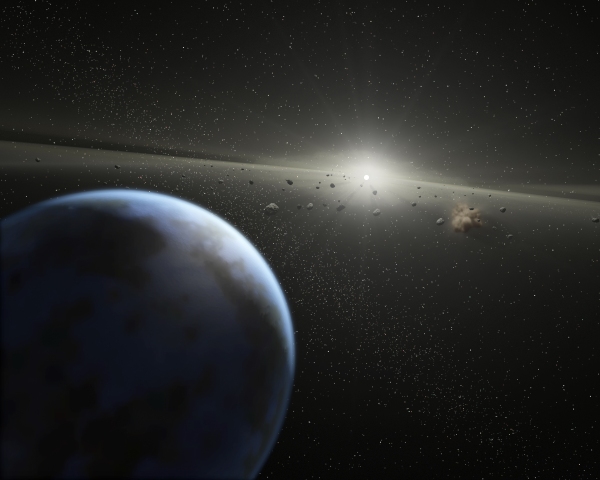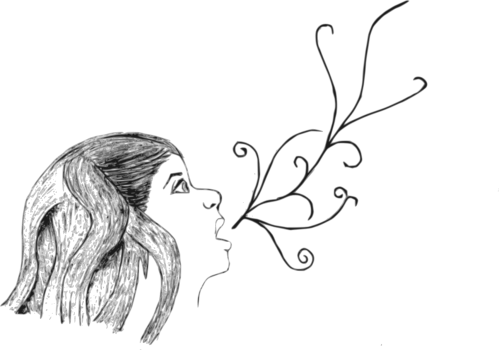See What I Mean?
This week we visited the sensational art gallery Compton Verney, a converted Georgian mansion situated in beautifully landscaped grounds, in pursuit of the answer to our question – Must art have meaning?
Our small group was comprised of a philosopher, an English student, a physicist and, at the head, an art historian. Boldly she led the way, leading us through the picturesque gardens and across a glistening river until eventually we reached the broad front of the house. With an eager kind of fascination she vanished within, leaving the remainder of us to tentatively cross the threshold one by one, all too aware of our lacking expertise in such a seemingly exclusive field.

A brief step and suddenly we were in a whole other world of exploding volcanoes, dancing demi-gods and bustling cities. Another step and we found ourselves below sneering kings and queens of old, shyly gazing up at the portraits of the people who shaped the world around them so dramatically. Then a shocking change as we encountered outsider art, where we saw artists expressing their thoughts and feelings in the most unconventional of ways. Finally, perhaps the most humble exhibit was that of folk art. Here artists advertised their wares and trades through paint, wood, stone and metal. Yet the question inevitably arose – What does this all mean?
After immersing oneself in such a menagerie of art it is impossible to deny that the artist is expressing something of themselves, often their most indescribable thoughts, through their medium. Whether it be a satirical comment about dentists or a vent of frustration about politics or just a longing for tranquillity, each artwork has its own message. This was epitomised for us in Salvator Rosa’s ‘The Baptist in the Wilderness’ and ‘The Baptism in the Jordan’, where the artist controversially de-centralises the objects of his painting and chooses instead to focus on the landscape behind. We are left pondering, does this reflect a desire to move away from Christ himself or is it in fact a rebellion against religiosity – choosing to point the onlooker to the rising sun, encapsulating the dawning of hope coming in the form of Christ? Is Rosa attempting to convey the meaning of the event rather than focusing on the shallow and somewhat inaccurate depiction of the physical which traditionalism values? Or is he simply abandoning religion altogether? Although the artist was clearly intentional in this act, it appears that the intention has been lost over the passage of time. Now we learn more about the observer from what they draw from the painting than what the artist was initially attempting to convey themselves.

This is both fascinating and distressing. On one hand it gives us a tool through which we can explore people, to bring to light our most hidden thoughts and feelings and to be able to express them to one another and even ourselves. Yet it means art is increasingly vulnerable to misinterpretation once the artist had died. So we have the objective meaning of an artist being expressed through their art and eroded by time into subjectivity. One can see this as positive or negative – what is most interesting is the artist who embraces this and, instead of attempting to instruct their audience directly, they seek to encourage the onlooker to raise questions and come to their own conclusions. The focus of this art is not so much on the answer we uncover, but on helping us to develop a habit of self-awareness and to cultivate the kind of curiosity and wonder which sparks creativity. Here the purpose of the art is not to say: ‘this is the correct answer’ but to insist: ‘one must ask the question’.
It seems that we now see that there is meaning to art, both conveyed by the artist and interpreted by the viewer. We see the benefits of self-exploration and thoughtfulness, but does this then mean that it is only the journey and not the destination that matters? Although the search for meaning is important is the importance of the meaning itself discounted? Hence the question remains – Does meaning matter?
Look out for our upcoming articles on this subject featuring interviews with artists, social experiments and a look at how artistic meaning shapes our culture.







![Icy plumes erupt from the surface of Enceladus.[Courtesy NASA]](https://theartisticscience.files.wordpress.com/2013/02/enceladus-plumes.jpg?w=262&h=300)


